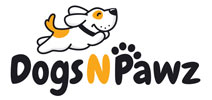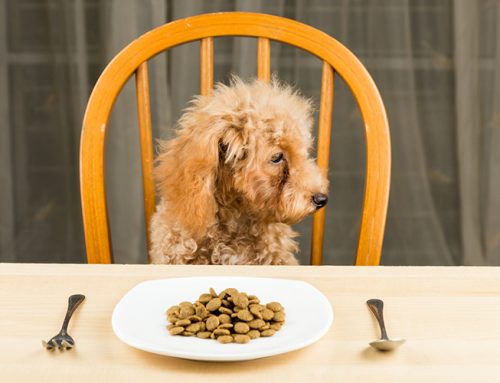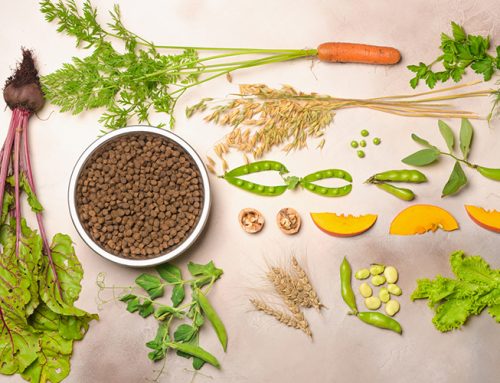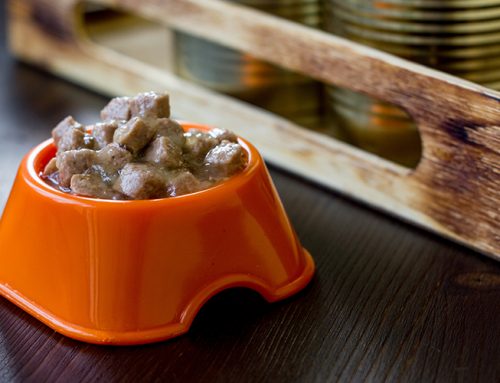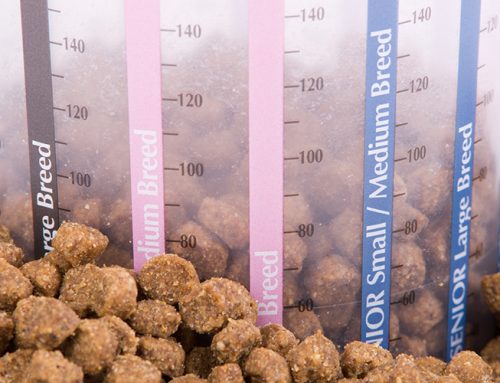A STARTER GUIDE FOR PET OWNERS
Raw Dog Food
Raw dog food is polarizing among pet owners, vets and the dog food industry. Very few topics get tempers riled as quickly as the idea of feeding a beloved dog a raw hunk of meat. There are plenty of advocates both for and against raw food.
Dry, commercially produced kibble has only been in circulation for about 70 years. Before that, dogs ate table scraps or meat and other food provided by their owners. And sometimes, the dog ate the neighbor’s chickens. Throughout history, raw food was a primary source of nutrition for dogs, but with the rise of convenient, processed dog food, raw food fell out of favor. However, it’s making a strong comeback in popularity and new brands are emerging that focus solely on the production of raw food.
Let’s start with raw food basics:
What is ‘Raw’ Dog Food?
Generally, raw dog food is:
For some dog owners, the raw food format is too off putting to consider. It looks ‘gross’ and more work is involved to ensure a balanced diet. Commercial kibbles claim their products are already nutritionally balanced.
Potential Raw Food Benefits and Risks
The Benefits
Raw food supporters claim many benefits from a raw food diet including:
Shinier coats
Healthier skin
Fewer ear infections
Improved dog smell
Higher energy levels
Smaller stools
Cleaner teeth
Improved appetite
Improved general health
The Risks
Raw food detractors claim significant risks to pet health.
Raw food can contain bacteria harmful to humans and dogs
Raw meat on its own is unbalanced nutritionally
Commercially processed food is just as good, if not better, for dogs
Some dogs gulp, not chew, their food and gulping a whole bone can lead to intestinal blockages
Increased risk of broken teeth on bones
Parasites are often cited as a concern when it comes to raw food. However, parasites are more likely to be found in wild carcasses, not commercial food sources.
The American Veterinary Medical Association “discourages” feeding animal proteins to pets, unless the proteins have been “subjected to a process to eliminate pathogens.” Basically, it recommends cooking or pasteurization.
Universally, pet food of any kind doesn’t need to be approved by the United States Food and Drug Association. But “… the FDA ensures that the ingredients used in pet food are safe and have an appropriate function in the pet food,” according to the FDA website.
In fact, the FDA has recalled both raw and cooked pet foods due to the presence of listeria or salmonella or other contaminants. Additionally, the FDA provides guidelines for improving the safety of raw food.
What Should a Dog Owner Do?
Ultimately, dog owners have the freedom of choice when it comes to deciding if raw food is best for their dog. While professional organizations and some vets decry raw food, others advocate for its nutritional benefits.
Raw food might not be the best choice for every dog or every lifestyle. Dogs with underlying health concerns, or elderly dogs with sensitive digestive systems might not be good candidates for a raw food diet. Some dogs thrive on a raw diet — others get upset stomachs.
If your dog is happy and healthy with its current food, there may not be any reason to make a switch. But if you’re struggling to find the right food for your pooch, raw may be worth trying out.
A popular source of information on raw food diets is Give Your Dog a Bone by Ian Billinghurst. He is an advocate for the BARF (Biologically Appropriate Raw Food) diet.
As with any food, to reduce bacterial exposure, be sure your raw dog food has been produced by a legitimate, licensed food producer. Before changing your dog’s diet, consult with your vet or a trusted expert.
